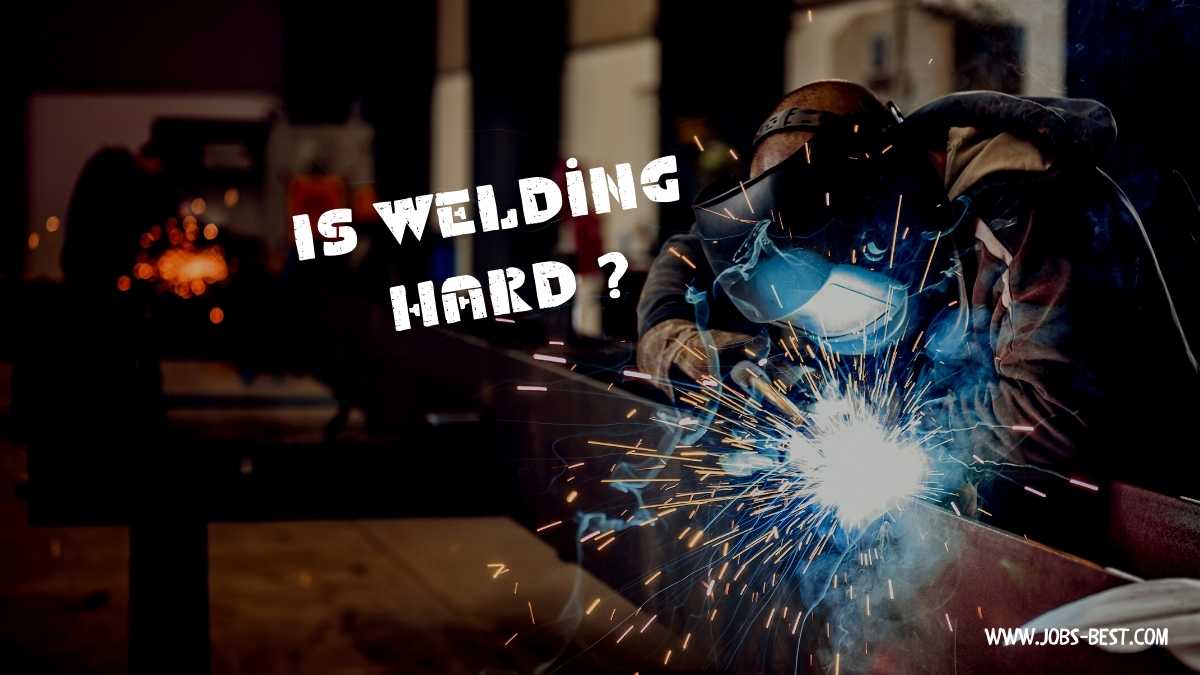Welding is a process used to join two or more pieces of metal together by heating the surfaces to the point of melting and fusing them together. It is a skilled trade that requires both knowledge and practice to master.
What are the different types of welding?
There are several different types of welding, each with its ,set of advantages and disadvantages. Some of the most common types of welding include:
- Gas welding: This type of welding uses a flame to heat the metal and a filler material to join the pieces together. It is commonly used for repair work and is relatively inexpensive.
- Stick welding: Also known as shielded metal arc welding, this type of welding uses an electrode (a rod coated in flux) to create an electric arc that melts the metal. It is a versatile method that can be used for both repair and construction.
- TIG welding: Tungsten Inert Gas welding uses a non-consumable tungsten electrode to create an arc that melts the metal. It is a precise method that is often used for thin materials or in situations where a high level of control is required.
- MIG welding: Metal Inert Gas welding uses a wire electrode that is fed through a gun and an inert gas to shield the weld from the atmosphere. It is a fast and efficient method that is often used in industrial settings.
What are the requirements for becoming a welder?
Becoming a welder typically requires completing a welding program or apprenticeship. The requirements for these programs vary, but they often include:
- High school diploma or GED: Most welding programs require a high school diploma or GED.
- Physical fitness: Welding is a physically demanding job that requires the ability to work in confined spaces and lift heavy objects.
- Color vision: Welders must be able to distinguish different colors in order to properly set up their equipment.
- Manual dexterity: Welders must have good hand-eye coordination and dexterity in order to manipulate the welding equipment.
- Technical knowledge: Welders must have a basic understanding of welding techniques, safety procedures, and the properties of different metals.
Is welding hard?
Welding can be challenging to learn, but with proper training and practice, it can be mastered.
What type of welding is best for beginners?
Gas welding and stick welding are considered the easiest types of welding for beginners to learn.
How long does it take to become a welder?
The length of time it takes to become a welder depends on the type of training or apprenticeship you choose. Welding programs can range from a few weeks to several months, and apprenticeships can last for up to four years.
Is welding a good career choice?
Welding can be a good career choice for individuals who enjoy working with their hands and have an interest in the technical aspects of the trade. The demand for welders is high and the pay can be good, especially for those with experience and specialized skills.
In conclusion, welding is a skilled trade that requires both knowledge and practice to master. There are several different types of welding, each with its own set of advantages and disadvantages. To become a welder, one typically needs to complete a welding program or apprenticeship which may include physical fitness, color vision, manual dexterity and technical knowledge. With proper training and practice, welding can be mastered and it can be a good career choice for those who enjoy working with their hands and have an interest in the technical aspects of the trade.
